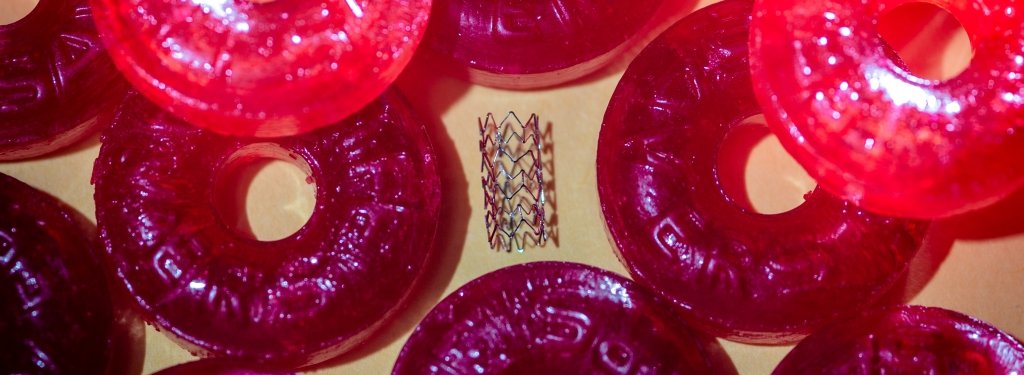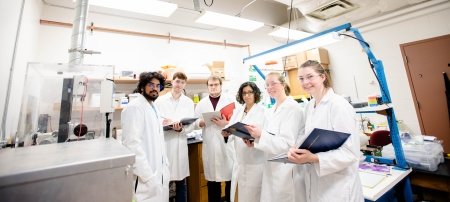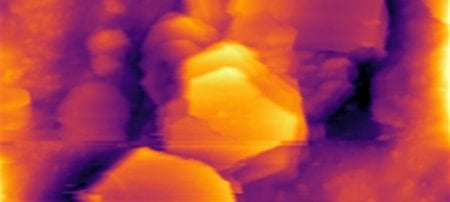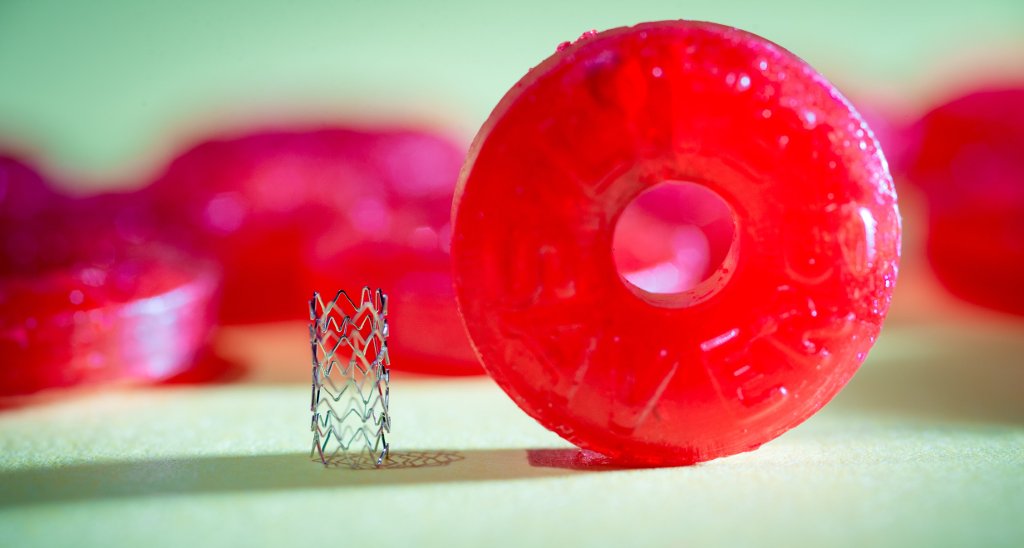Doing Research in a War Zone

Engineers and scientists at Michigan Technological University run into all kinds of roadblocks as they work to move their research from concept to actuality, but exploding rockets aren’t usually one of them.
When Jeremy Goldman took his family to Israel to work on his research on bioabsorbable cardiovascular stents, missiles flying overhead were just one of the facts of war that they had to worry about. Other concerns included terrorists crawling through tunnels, suicide bombers, riots, etc.
“We did not feel in immediate danger, but there was always a general sense of threat,” says the associate professor of biomedical engineering, who spent three months in Israel last summer following up with his Israeli collaborator on research they had conducted during Goldman’s earlier sabbatical. “The danger this time was much worse than when I was there on sabbatical.”
Iron Dome
Goldman says he felt “very confident” in the capability of the Iron Dome, Israel’s missile defense system designed to intercept and destroy short-range rockets. And he had the opportunity to observe the system at work. “One day the sirens went off while I was driving down the highway,” he recalls. “Everyone jumped out of their car and crouched down at the side of the road. We could see and hear the Iron Dome over us, intercepting and destroying incoming missiles.”
The fighting in the Gaza Strip intensified just after the Goldmans arrived in Israel. “The saddest part was explaining it to the children,” says the biomedical engineer. “They were asking, ‘Who are these people? Why are they doing this? Why do they want to kill us?’”
But, like Israeli children, the Goldman children quickly learned to protect themselves and each other. They were at a park once when the air raid sirens went off. The older children quickly rounded up the younger ones and led them to a bomb shelter.
“I did worry about them,” Goldman admits. “It’s a very eerie feeling to realize that people are trying to kill you and your family.”
Bioabsorbable Stents
Meanwhile, under the Iron Dome, work and life went on as usual. “We were very productive,” Goldman says of his collaboration with Eli Aghion, a professor of materials engineering at Ben Gurion University in Beer-Sheva in the south of Israel. Aghion is a metallurgist who is developing bioabsorbable metal mesh stents. Goldman and Aghion are developing new metal alloys that can open blocked arteries for several months and then safely disappear when they are no longer needed.
“My background is not in materials science, so I am trying to strengthen my knowledge,” Goldman explains.
Back at Michigan Tech, he has been working for several years with Materials Science and Engineering Professor Jaroslaw Drelich and graduate student Patrick Bowen to develop a new metal alloy that has the necessary mechanical properties and will dissolve after the artery repairs itself, without causing side effects such as toxicity to local cells or chronic inflammation around the foreign material.
“Zinc-based materials, pioneered by our group at Michigan Tech, are looking very promising and generating a lot of excitement,” Goldman says.
He and his family may be back in the US, but Goldman still worries about his friends and colleagues in Israel and the outlook for their future.
“The sides are very far apart,” he says of Hamas and Israel. “Previous cease-fires have unraveled because of that. The aims and objectives of the two sides are almost mutually exclusive. I can’t imagine a peaceful solution.”
Goldman feels that many Americans don’t really understand the situation in Israel. “They don’t appreciate the threat that the Israelis live under day and night,” he says. “The threat is much greater than the rockets that are generally intercepted by Israel’s defensive system. Underlying the rocket attacks is the single-minded obsession of the other side with strengthening their military technology, even at the expense of improving the quality of life of their citizens, and their plain intention to massacre innocent people. The Iron Dome may work for now, but they are working to find a way around it before the next round of violence.”
Michigan Technological University is an R1 public research university founded in 1885 in Houghton, and is home to nearly 7,500 students from more than 60 countries around the world. Consistently ranked among the best universities in the country for return on investment, Michigan's flagship technological university offers more than 185 undergraduate and graduate degree programs in science and technology, engineering, computing, forestry, business, health professions, humanities, mathematics, social sciences, and the arts. The rural campus is situated just miles from Lake Superior in Michigan's Upper Peninsula, offering year-round opportunities for outdoor adventure.




Comments